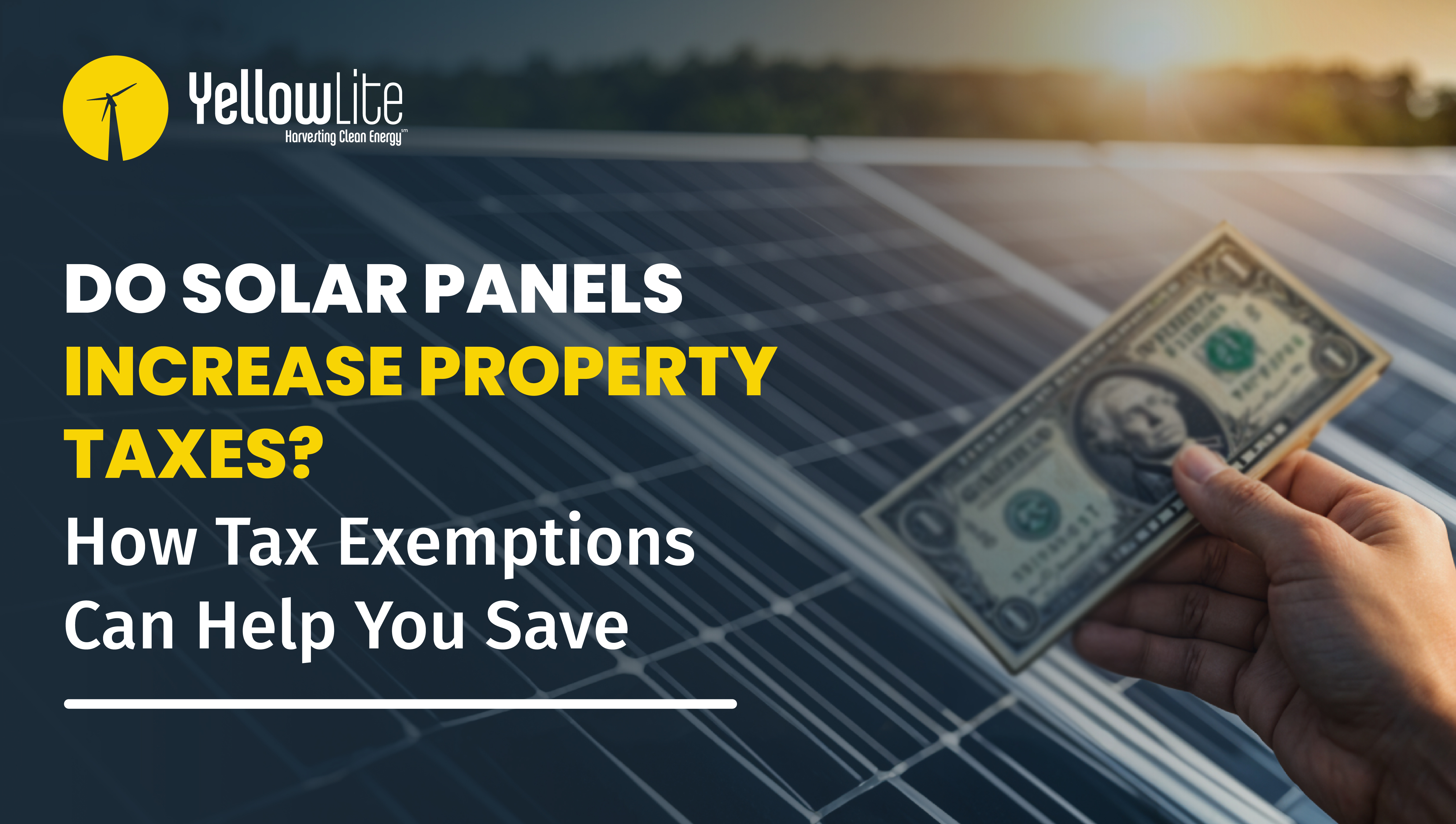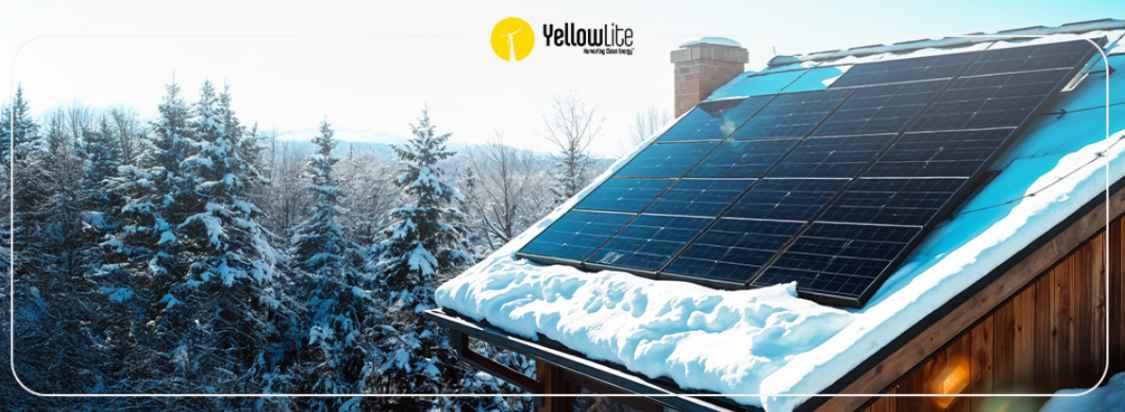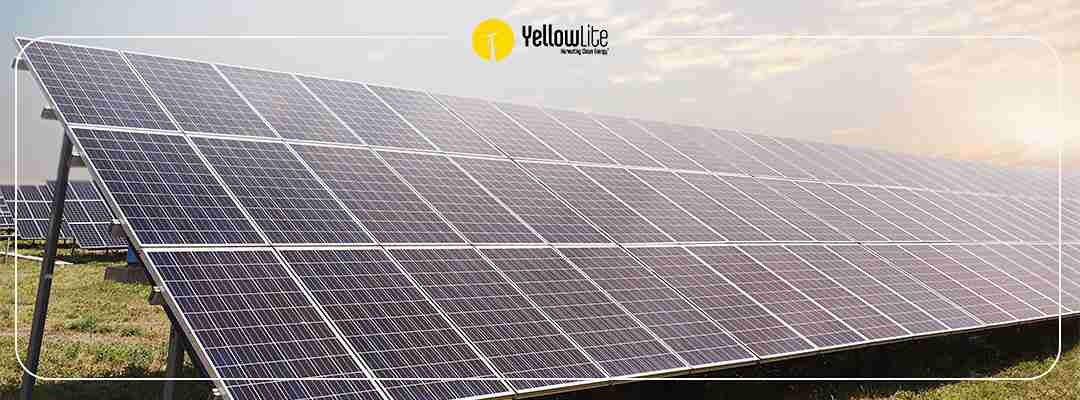Since 2010, prices for solar have declined by around 60%. The two main reasons for the decrease in prices come from improvements in the technology used in the manufacturing of system components as well as a rapidly growing industry that is achieving economies of scale. So far, the bulk of the decrease from the cost of solar installation has come from the reduced cost of solar panels, accounting for around 68%. There has been a marginal decrease in the balance of systems, i.e., the rest of the equipment plus installation costs of 32% of the total decrease of solar installation cost.
Why Have Solar Prices Dropped?
From a technological point of view, the manufacturing process of producing solar panels has improved. Manufacturers are working on ways to improve the properties of the front as well as the back side of the solar wafer, how to cut the wafers more precisely, as well as implementing more stringent environments while sealing the solar cells under glass. These efficiencies and improvements will lead to moderate price declines moving forward.
The second major factor in declining prices have been supply chains and increased competition. With more solar being installed in the world, higher volumes of product have been squeezing profit margins for manufacturers. These factors are causing the industry to have to innovate and adapt to become more efficient.
Price Declines Have Been Passed to the End Consumer
One thing to understand about the declining cost of solar for the future: they will come from balance of systems cost reductions and not from solar panel cost reductions. The main cost decline for solar energy over the last six years has primarily been from solar panel price reduction. The price for solar panels is most likely not going to substantially change. What will change are the racking, inverters, permitting, installation, and customer acquisition costs, and profit margins that companies will accept. In short, the bulk of the price decreases will be soft costs.
These soft costs will be passed on to the end consumer over time. Here we take a look at where the price decreases for solar installation are thought to occur:
Will prices decline to such an extent in the future that it will be financially worthwhile to wait a decade or more to install solar?
This is the question we get quite often. Should a person wait until prices drop in the future? The short answer is no, you should purchase now. Let’s make our case.
It should be understood first that there is no exact way to answer what solar prices will look like in ten years. We have to make an estimate based on current research and analysis and then justify that estimate using trends, facts, and a little bit of judgment. To answer this question we also have to understand two things:
- Government incentives
- What the price will look like without government incentives
The most important incentive is the 30% Federal Tax Credit. This will run through 2019 with a step-down provision of 26% in 2020 and 22% in 2021. It will expire after 2021.
According to IRENA.org (International Renewable Energy Agency), prices of solar are expected to decrease 57% from 2015 until 2025. The average price of a 5 kW system in America in 2015 was estimated to be at $3.70 per watt. A 57% decrease by 2025 would mean a price of $1.59 a watt. This number would assume a decrease of 8.1% per year, every year for the next ten years to equal a cumulative price decrease of 57%. This number just does not pass the smell test. It is inflated and has not recognized price drops year-over-year from 2015 to 2016. It also assumes a world-wide cost of solar, equating a 57% decrease over the next ten years depending mostly on utility installations, lower cost of labor overseas, as well as lower value of foreign currency. We think solar prices will continue to decrease, but this number is just too large of a drop. It simply does not accurately reflect solar prices in America, in particular, residential solar prices.
According to EnergySage, the average price per watt was $3.57 in 2016. This would indicate a 3.5% decrease from 2015’s price. If you calculate a decrease of 3.5% per year over the course of ten years, it would come out to be a 10-year cumulative price decrease of 30%. With the industry scaling up rapidly over the previous few years, this decrease is most likely too low. Since 2010 solar prices have decreased from around $7.00 a watt to $3.70 in 2015, or around a 12% decrease per year. This rate of price drop is obviously slowing dramatically and was always unsustainable.
We think that over the next ten years, there will most likely be a 5% decrease in costs each year for a ten-year total of a 40% decrease. The following table shows three different price decreases over the course of time, an 8.1% decrease, a 5% decrease, and a 3.5% decrease in costs. We think a middle road between the 8.1% and 3.5% is merited.
At a 5% decrease in costs per year, we are showing an after-tax amount for the national average that will decrease to $2.11 - $2.12 from 2019-21. Another way of looking at it is that the cost will decrease to $2.22 in 2018, will increase in 2022 to $2.58, and will not decrease again to equal 2018’s rate until 2025.
We think that a 5% decrease in cost is a good assessment of the market going forward. Most of the cost decrease will come from the balance of systems components not including solar panels, and the soft costs apart from the hardware.
In short, we cannot foresee an argument that waiting ten years is going to substantially decrease your installation price. In fact, you are most likely going to lose out on a lot of savings if you decide not to purchase by 2021 (or sooner) and take advantage of the 30% Federal Tax Credit.
You also have to keep in mind that you want to be putting equity into your system so you pay it off sooner. This is the difference between putting off a time to purchase a house and renting. You may think you are saving a little bit of money waiting for the market to drop in your favor, but you also know that you could have been putting equity into your house and be closer to ownership .
Electricity prices are estimated to increase at a rate of 4% per year going forward. The price of solar is low and will not depreciably change until a slight uptick after the Federal Tax Credit expires. There is no reason at all to wait for the future to go solar. The best time to go solar is now.



